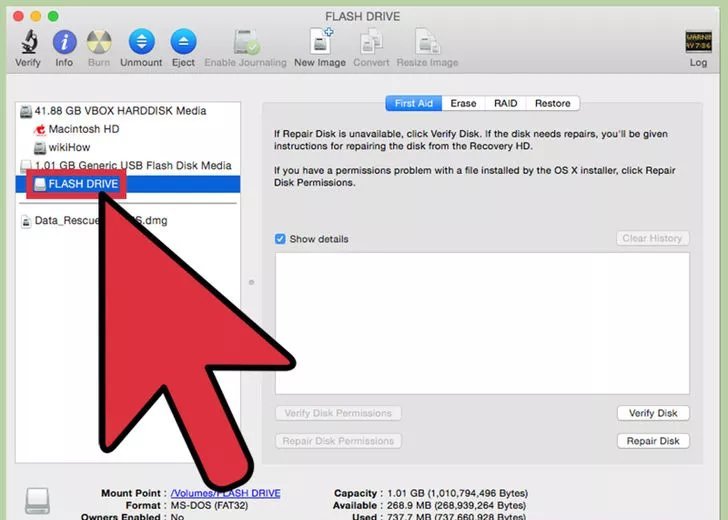
However, it has one limitation in that you can't store file sizes that are larger than 4GB. It is also the most widely used file system in the world because of its compatibility with multiple devices like smart TVs and media players. FAT32įile Allocation Table 32, shortened to FAT32, was introduced with Windows 95 and is one of the oldest of the Windows file systems in use today. Let's look at each of these in detail and then get into how to format your USB drive with the appropriate file system on a Windows 10 PC. The three most popular ones for formatting a USB drive are FAT32, NTFS, and exFAT, all of which are compatible with Windows-based computers as well as other devices. This is especially important when holding big files or making bootable install disk. The only challenge with USB drives, however, is to know what file system to use when formatting them. They come in various capacity options, and easy to slip into your pocket or handbag, and they're far more durable than physical disks such as CDs, DVDs, and BDs.

USB drives are extremely convenient to use for carrying data around. Learn more about reinstalling m acOS.By Petty Madison | Last Updated: Jun. If you want your Mac to start up again from the volume you just you erased, select Reinstall macOS in the utilities window, then click Continue and follow the onscreen instructions.


Optional: If you previously used Disk Utility to add internal volumes other than Macintosh HD, you can erase them individually using the same process.If this button isn't shown, click Erase instead. Format: APFS or Mac OS Extended (Journaled), as recommended by Disk Utility.Click the Erase button in the toolbar, then enter the requested details:.Select Macintosh HD in the sidebar of Disk Utility.From the utilities window, select Disk Utility and click Continue.If asked, select a user you know the password for, then enter their administrator password.Start up from macOS Recovery: Turn on your Mac, then immediately press and hold these two keys until you see an Apple logo or other image: Command (⌘) and R.


 0 kommentar(er)
0 kommentar(er)
